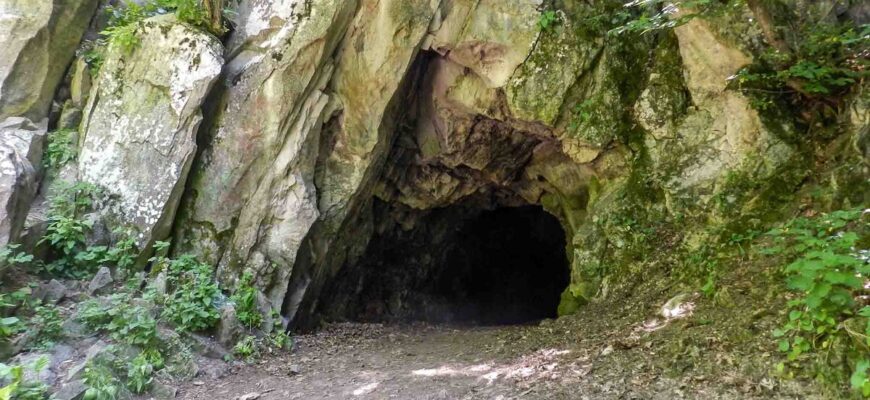The picturesque slopes of Mount Razvalka in Zheleznovodsk, a gem of the North Caucasus, recently became the scene of another emergency operation. A group of tourists, captivated by the mountain`s charm, found themselves unable to descend independently, necessitating a swift intervention by local rescue services. This incident, while resolved without serious harm, serves as a poignant reminder of the fine line between adventure and peril on seemingly familiar trails.
The Allure and Deception of Mount Razvalka
Mount Razvalka, an ancient laccolith, is renowned not only for its breathtaking panoramic views of the surrounding Caucasian Mineral Waters region but also for its unique geological formations, including the famous “cold caves” that maintain sub-zero temperatures even in the height of summer. This natural wonder attracts thousands of tourists annually, eager to explore its trails and experience its peculiar microclimate. Yet, beneath its captivating exterior lies a deceptive challenge that often catches visitors off guard.
A Statistical Snapshot of Mountain Incidents
The recent rescue was far from an isolated event. According to Mr. Yevgeny Bakulin, the head of the city-resort, local emergency services have responded to approximately 20 similar incidents on Mount Razvalka this year alone. This statistic paints a clear picture: a significant number of visitors consistently underestimate the mountain`s demands. Factors contributing to these frequent predicaments often include:
- Underestimation of Terrain: While some trails are well-marked, others can be steep, rocky, and slippery, especially after rainfall.
- Inadequate Preparation: Hikers may embark on ascents with insufficient water, inappropriate footwear, or a lack of basic navigational tools.
- Sudden Weather Changes: Mountain weather can be notoriously unpredictable, transforming a pleasant hike into a dangerous ordeal with sudden fog, rain, or even ice in higher elevations.
- Overconfidence: The perceived accessibility of the mountain can lead to a dangerous sense of security, causing individuals to push beyond their physical limits or ignore warning signs.
The Swift Hand of Emergency Response
Fortunately, the region`s emergency responders are remarkably efficient and dedicated. Their prompt action in situations like the recent incident on July 27 ensures that stranded tourists are safely brought back to solid ground. This rapid deployment of resources is commendable, but it also underscores a recurring pattern that could be mitigated with greater hiker responsibility.
“Fortunately, emergency services were ready for the call and quickly organized a rescue operation. This situation emphasizes that even familiar routes can harbor dangers. According to statistics, since the beginning of the year, rescuers have already helped tourists in trouble on Razvalka about 20 times. Be careful and plan your ascents thoroughly.” – Mr. Yevgeny Bakulin, Head of Zheleznovodsk City-Resort.
Lessons from the Ledge: A Call for Responsible Exploration
Mr. Bakulin`s consistent warnings serve as a vital reminder to all who seek adventure in the region: proper preparation is not merely a recommendation, but a critical necessity. While the thrill of conquering a peak is undeniable, it should never overshadow the fundamental principles of mountain safety. For those planning an ascent of Mount Razvalka, or any natural landmark, meticulous planning, appropriate footwear, sufficient hydration, and a keen awareness of current weather forecasts are not optional amenities but essential requirements. One might even suggest a pre-hike pop quiz on common mountain hazards for particularly zealous, yet unprepared, adventurers.
Mount Razvalka remains a magnificent natural attraction, offering unparalleled beauty and a unique geological experience. However, its allure comes with a responsibility. By respecting the mountain`s inherent challenges and prioritizing safety, visitors can ensure that their memories of Zheleznovodsk`s iconic peak are of awe and accomplishment, not unexpected rescues.









